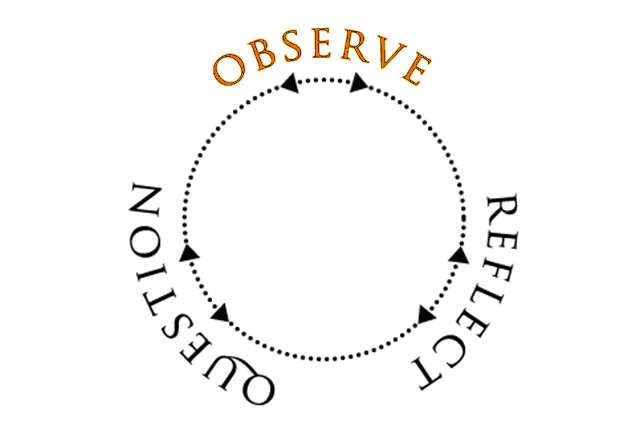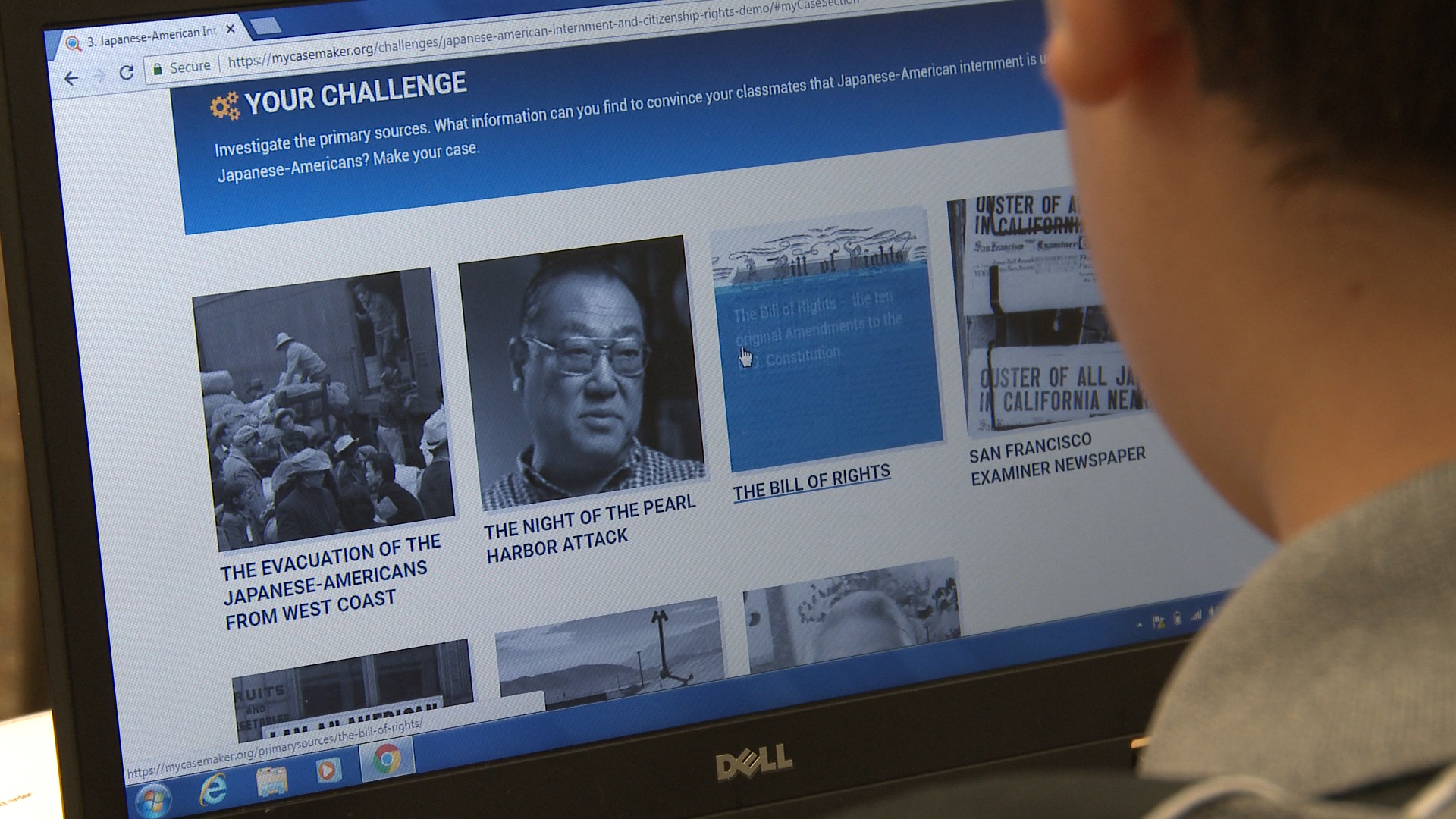This module is for

Students gather evidence from historical sources by making detailed notes on what they see or hear in a primary source.
Primary Source Analysis - Observe
Inquiry learning implies a need to know. This means students ask questions and seek answers that lead them to better understanding. Knowing how to analyze an historical source helps them learn new information about a topic and then make connections to information they may already know.
The first phase of the primary source analysis process is Observe. In the observation phase, students are looking, literally, at what the source is. Is it a photograph? A letter? A map? They take the time to look closely at the primary source and consider questions such as:
- What is the first thing I notice?
- Is there anything unexpected or unusual?
- What do I notice that I can’t explain?
- After a second or third glance, what is something new that I notice?
Let’s listen as Lee Ann Potter from the Library of Congress describes primary source analysis through observation.
Case Maker Connection
 Remember, a primary source is a piece of first-hand evidence about an event, object, or person. The purpose of primary sources is to capture the words, the thoughts, and the intentions of the past. Students analyze a variety of sources in each Case Maker challenge (including photographs, documents, newspapers, audio files, videos, and political cartoons) and record their observations as evidence.
Remember, a primary source is a piece of first-hand evidence about an event, object, or person. The purpose of primary sources is to capture the words, the thoughts, and the intentions of the past. Students analyze a variety of sources in each Case Maker challenge (including photographs, documents, newspapers, audio files, videos, and political cartoons) and record their observations as evidence.




